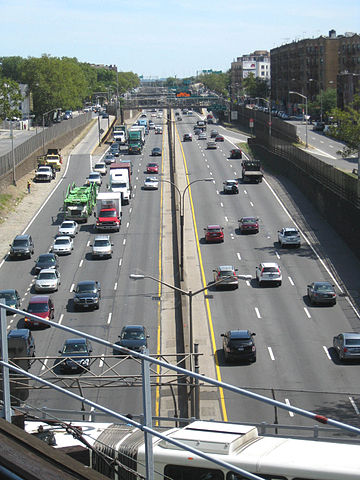In 1977, traveling to and from work required driving six miles (one way). What I could count on was the drive taking at least half an hour to work and 45 minutes from. I lived in Mountain View and worked in Sunnyvale on California’s San Francisco peninsula.
That the distance driven was half a dozen miles and that the work-to-home drive-time was 45 minutes, nevertheless, this still pales in comparison to what some of todays’ commuters encounter. Commute times of an hour-and-a-half or longer and driving distances in excess of 50 miles are not uncommon in today’s commute environment. Anyone who has found him- or herself to be in this place, should count themselves among a new class of “road warrior” going by the name “mega-commuter.” More on this in a moment. As for me and what I regularly experienced, what I consider myself to be is a “bona fide dues-paying member of the car commute club” is all.
So, just what is a ‘mega-commuter’ anyway?
The term applies to anyone who commutes 50 or more one-way miles to work from home and spends 90 or more minutes in traveling between the two. It’s “a new Census demographic that defines the worst of the worst commutes,” wrote Mike Rosenberg in “Bay Area tops new ‘mega-commuter’ Census list defining the worst trips to work.”

Rosenberg in the article in question describes how the San Francisco Bay Area which includes San Rafael, San Jose and Walnut Creek, ranks number one in the nation in “mega-commuting.”
“And the Bay Area, with its sprawling suburbs and nasty traffic, has a higher percentage of these road warriors than any other major metro area in the country, according to a first-of-its-kind Census Bureau report released Tuesday,” Rosenberg notes.
That higher San Francisco Bay Area percentage is 2.06 percent, followed by Santa Clara and New York-Northern New Jersey-Long Island at 1.9 percent each, with the Washington, D.C.-Arlington-Alexandria, Virginia area in the number three spot at 1.89 percent.
In 35 years, it would appear, commuting in the Bay Area for many hasn’t improved. Much of the problem apparently has to do with the price of housing as it is expensive, relatively speaking, in that area in northern California in particular.
“Experts say that it’s understandable that the Bay Area would lead the pack in the new category: High housing prices in urban centers, freeway expansions to outer suburbs and rural areas, and bumper-to-bumper traffic all make the area a hot spot for commutes that are long for both distance and time – not to mention a giant bay that naturally spreads out the region,” Rosenberg insisted. According to Census data, there are fewer than 600,000 mega-commuters nationwide.
Bumper-to-bumper traffic in many regions seems an intractable problem. But really, it’s not.
A better land use/transportation mix would solve a lot of it by putting working and living closer together, an idea that’s a hallmark of the Smart Growth concept.
Added Rosenberg: “The Metropolitan Transportation Commission is set later this year to approve a Bay Area housing and transportation plan that would encourage cities to allow more development near jobs and popular transit hubs. It’s part of a broader effort by cities across California to meet new state goals to reduce greenhouse gases.”
Alternatives to car commuting could also help in this regard.
In fact, the Sonoma Marin Area Rail Transit (SMART) is slated to commence commuter rail operations beginning in 2015 or 2016 on 38 miles between San Rafael and Santa Rosa with service eventually extending from Cloverdale in the north to Larkspur in the south – a distance of 70 miles – in this north San Francisco Bay region. The service is expected to provide relief to a busy highway 101 during weekdays as well as in helping to improve area air quality.
It’s strategies like Smart Growth, alternatives to driving and others that can and do make a difference.
What I can’t say is if the phrase: “bona fide dues-paying member of the car commute club” is catch-phrase material, but what I can is that this concept of “mega-commuting,” is indeed far-flung. That much I can say.
– Alan Kandel
This post was last revised on Jan. 1, 2020 @ 8:10 a.m. Pacific Standard Time.